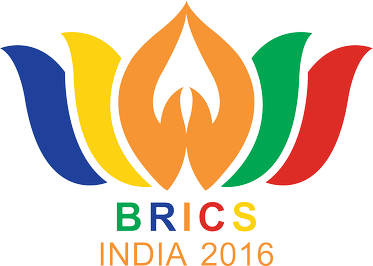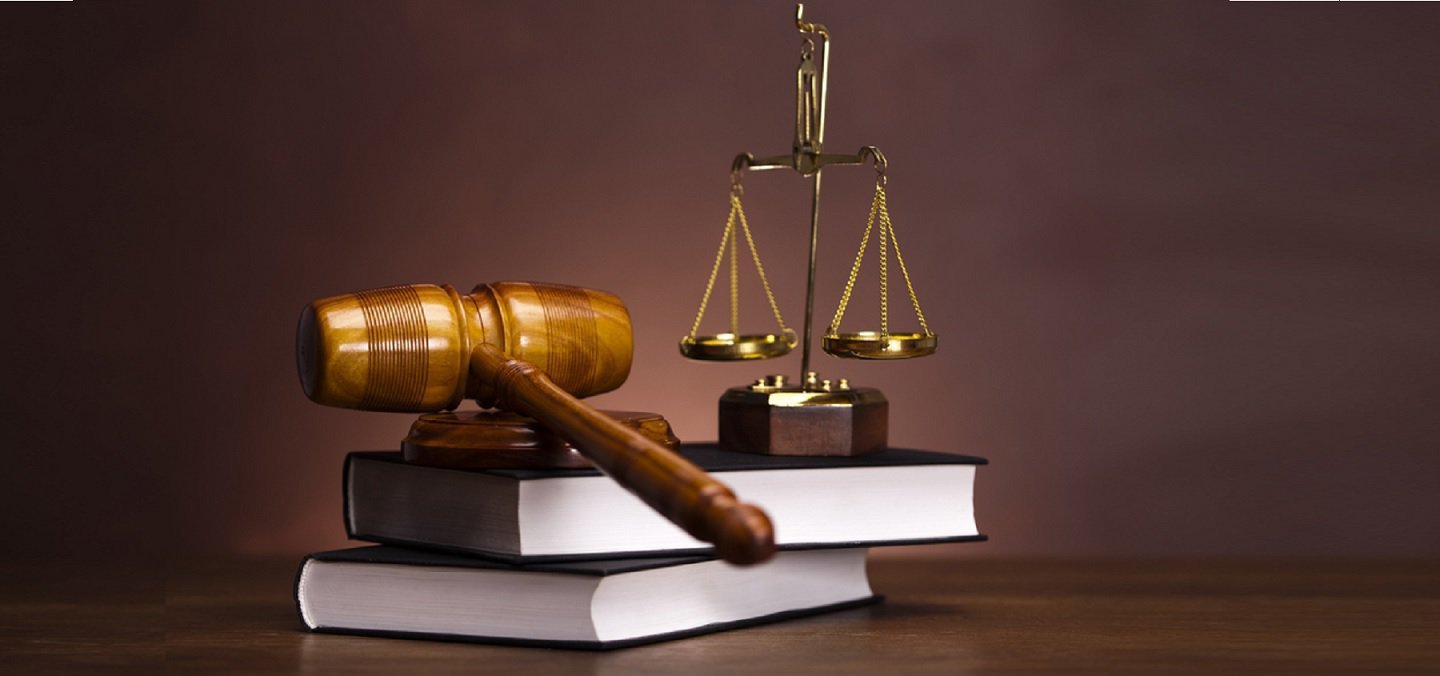Before the starting of the Parliament winter session everyone was knowing the fact that this winter session will bring a lot of heat as major political parties opposing the demonetization were ready to enclose the Government.
But this is the part of our Democratic system as a healthy discussion and questions prevent the arbitrary rule of center. But during this winter session the heat became to hot that it even disturbed the regular working of the parliament and leaved no space for an healthy discussion which is expected in the Parliament specially when lot of money (which is collected from us in the form of tax) is spent on daily sitting. The session starts on November, 16th and ended on December, 16th without any major work.
Demonetization the center of Chaos-
Demonetization is praised by number of national and international personalities and many opposed it. Some one calling it a surgical strike on black money and someone specifying it as the biggest currency scam or something like that, in short someone is in favor and some are not. This debate in the country is still trending and spreading like a wild fire with everyone trying to prove their side right.
It is the duty of the parliament to conduct their business properly, answer the questions raised by the ministers (which are actually questions of the public), quench this fire of debate going across the country. But unfortunately this didn't happens this time as majority of time was wasted shouting, chaos and protest.
Analysis by a Delhi based think tank PRS Legislative, which tracks the functionality of Indian Parliament found that the productivity of Lok Sabha this winter session was about 14 % and of Rajya Sabha was about 20%. PRS also showed that Rajya Sabha spent zero hour on questions, whereas, th Lok Sabha spent 5.1 hours. (Data from firstpost.com).
Lok Sabha passed 13 bills whereas Rajya Sabha only 09. The question hour was interrupted badly and only few questions were answered properly. Since NDA is not in majority in the Rajya Sabha the protest against them was greater their and hence the productivity of Rajya Sabha was lower than the Lok Sabha.
THE POLITICAL DRAMA-
Congress with other political party protested against the Central Government and claimed the demonetization to be a scam.
Rahul Gandhi said during a press conference that he has proof of this scam and he will show them in parliament.
However later he claimed that he is not allowing to speak in Parliament. On the other side the Honorable PM Narendra Modi is saying the he is the one who is not getting chance to speak in the Parliament.
Central Government also said that they want a discussion on demonetization but the opposition is not ready for it. However the opposition has completely opposite views.
Speaker Madam Sumitra Mahajan, Chairman Sir Hamid Ansari and the President of India have already accepted that the precious time which might have been used for public welfare got wasted in the Parliament.
Many of the leaders want debate in the parliament on demonetization issue but non of them is actually doing so. Blaming each other and not listening.
HEALTHY DISCUSSION??
Don't you think that if one person should be allowed to speak and asking questions at a time and then other should be given time to answer those questions can create a healthy discussion environment. Don't you think there must be a proper rule of this.
Many of us want the debate system like in USA for the elections but when our leaders are not debating where they should, do you think they will debate in public during elections. Well this is just an example our Constitution has provided a systematic format which everyone political party follows. But I think all of them have found a loophole which at last results in chAos and protest inside the parliament.
Protesting is a good custom and it should be followed as it is our right to ask questions about any action of the Government, but when this same thing happens inside a place which is built to run a country people start loosing faith on the Constitution and working of our Government.













